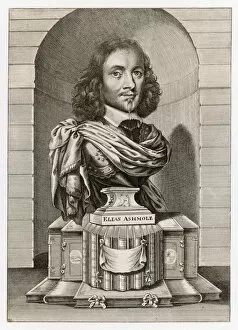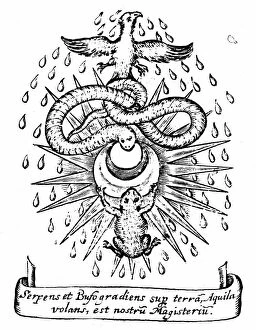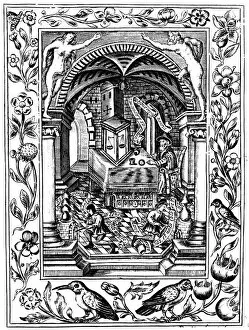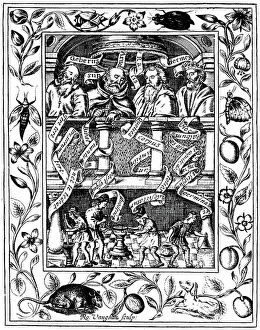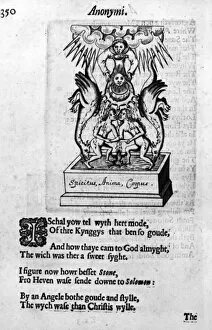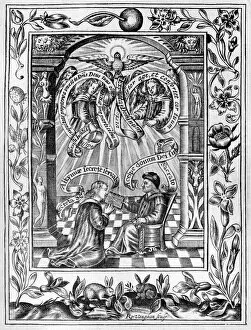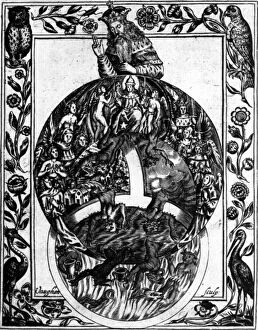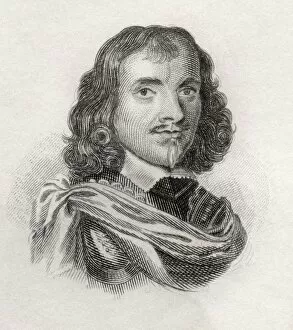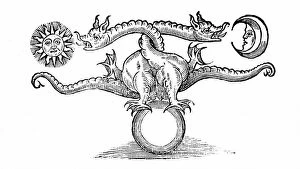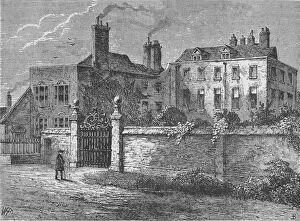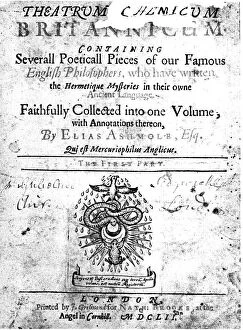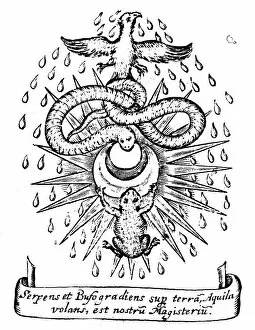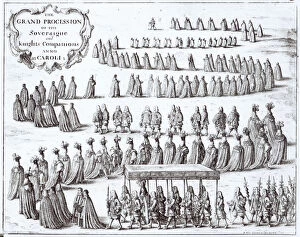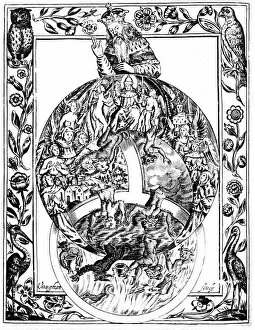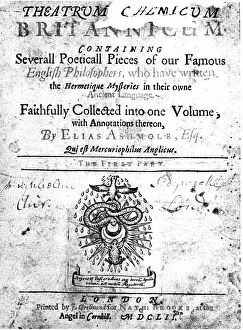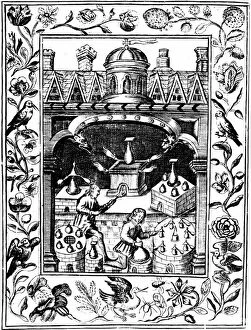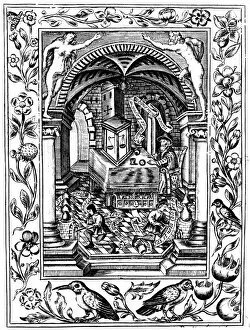Ashmole Collection
Ashmole, a name that resonates with the legacy of Elias Ashmole, one of the great alchemists who inspired countless works in the laboratory
For sale as Licensed Images
Choose your image, Select your licence and Download the media
Ashmole, a name that resonates with the legacy of Elias Ashmole, one of the great alchemists who inspired countless works in the laboratory. His contributions to the field are immortalized in Theatrum Chemicum Britannicum, a masterpiece that delves into the secrets and wonders of alchemy. The illustrations from this remarkable work transport us back in time, showcasing Thomas Norton presenting his Ordinall to Edward IV. We witness the intricate details of The Hierarchy of the Church, revealing Ashmole's deep understanding and exploration of spiritual elements within alchemy. Elias Ashmole himself was an enigmatic figure whose life spanned from 1617 to 1692. Despite his mysterious nature, we catch glimpses into his world through various depictions such as The Trumpet (later known as Duke of York), Shire Lane - a place where he resided in 1778. Another intriguing insight is John Tradescants House at Kennington captured by none other than Elias Ashmole himself in 1883. One cannot overlook the significance of Ashmoles' magnum opus - Theatrum Chemicum Britannicum - its title page drawing us further into its enchanting contents. Within these pages lies a treasure trove for alchemical enthusiasts; an Alchemical laboratory displaying diverse forms of furnaces and vessels meticulously designed for transformative experiments. The four great alchemists depicted within this extraordinary book stand as pillars representing centuries-long wisdom passed down through generations. Their knowledge transcends time and space, guiding aspiring seekers on their own paths towards enlightenment. Lastly, we catch sight of Thomas Nortons laboratory dating back to c1477 but beautifully illustrated within this timeless piece published in 1652. It serves as a reminder that even ancient practices can find relevance and inspiration amidst modernity.

